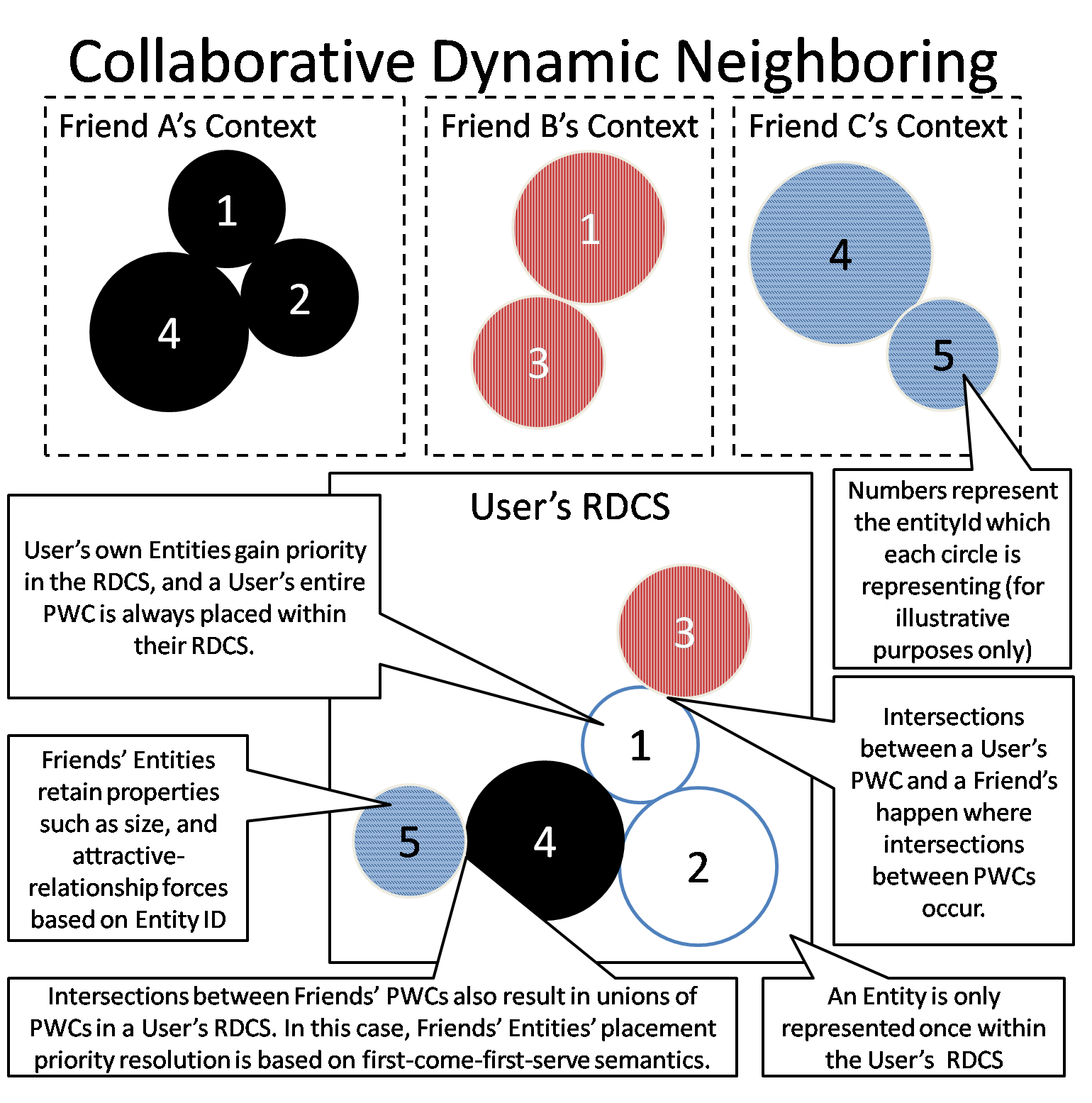Creating a Personal-Context Oriented Real-Time Dynamic and Collaborative Space
Mori Memorial Research Fund Report (2011 Academic Year)
By Jeremy Hall – 2nd Year Doctor's Program
Kiyoki Laboratory
February 27th 2012
Overview
This semester I focused on how to encode and share the personal viewpoint each person shares regarding the Web. I submitted my research to a Journal/Conference titled EJC 2012 (European Japanese Conference on Information Modelling and Knowledge Bases):
http://www.ksi.mff.cuni.cz/ejc/
Titled: "Creating a Personal-Context Oriented Real-Time Dynamic and Collaborative Space”
Research Abstract
The following is the abstract I used for the EJC 2012 conference paper, and nicely summarizes the research I engaged in:
"This paper describes a method for directly encoding and sharing the unqiue knowledge and perspective of Website-usage and relationships that each person using the Web holds. Knowledge sharing is achieved by creating a Real-time Dynamic Collaborative Space which combines a user’s, their friends’, and the public’s combined knowledge in a new space. This new space provides a context in which the abstract properties of a user’s knowledge is expressed through an intuitive visualization which uses real-world-space and behavior knowledge-sharing analogues for allowing the user to understand their Personal Web Context in relation to other people’s. This new space and visualization is dynamic, reacting in real-time to a user’s and their friends’ changing knowledge of the Web. This paper describes the new space, the modeling of Web knowledge, and a discussion of implementation strategies and an in-progress prototype.”
Overview and Goal of our Research
 This research focuses on
how to encode people's point of view of the Web, which we call a Personal Web
Context (PWC), and then how to share that PWC with other people dynamically in
real-time. The purpose of this is to encourage new forms of knowledge sharing
which can cross cultural and language boundaries. We created a new space called
the RDCS (real-time Dynamic and Collaborative Space) which combines a user's and
their friends' PWCs into a real-time dynamic visualization. In order to allow
for this intuitive knowledge sharing, we have modeled the PWC as four behaviors
people are intuitively familiar with due to their daily use in the real-world,
and used those to allow intuitive understanding of our visulization.
This research focuses on
how to encode people's point of view of the Web, which we call a Personal Web
Context (PWC), and then how to share that PWC with other people dynamically in
real-time. The purpose of this is to encourage new forms of knowledge sharing
which can cross cultural and language boundaries. We created a new space called
the RDCS (real-time Dynamic and Collaborative Space) which combines a user's and
their friends' PWCs into a real-time dynamic visualization. In order to allow
for this intuitive knowledge sharing, we have modeled the PWC as four behaviors
people are intuitively familiar with due to their daily use in the real-world,
and used those to allow intuitive understanding of our visulization.Novelty of our Platform: Our Collaborative Dynamic Neighboring Algorithm
The novelty of our system is the ability to capture a web-user's personal perspective we call a PWC, and then allow it to be shared in an intuitive visualization that benefits others.
At the core of our research is an algorithm we call the Collaborative Dynamic Neighboring algorithm. This algorithm allows us to combine a user and N friends into that user's RDCS space so that the user can understand their friends' perspective of the Web, how it relates to their point of view, how those users use the Web, and what they are doing in real-time. Through this algorithm, knowledge sharing which breaks the boundaries of current technology such as keyword-search takes place. Users can quickly become knowledgeable in domains of information in which they have taken an interest in, but don't know how to begin learning, or where to go to find understanding.